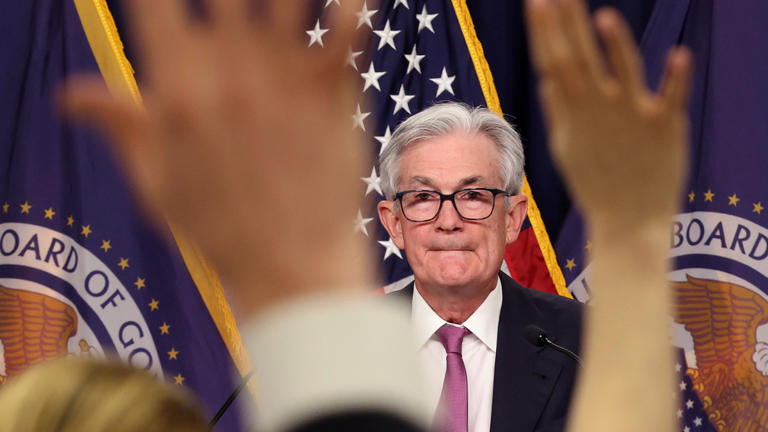The U.S. economy’s resilience in the face of various challenges has been a notable phenomenon, sparking discussions and analyses across financial and economic circles. Amidst ongoing debates about potential slowdowns or even recessionary risks, the economy has demonstrated surprising strength, largely propelled by robust job creation and consumer spending. These pillars of economic activity have defied pessimistic forecasts, painting a more optimistic picture of growth prospects.
However, this unexpected resilience has also raised concerns and prompted speculation about the Federal Reserve’s response to persistent inflationary pressures. With inflation rates sitting at 3.4% for the 12 months ending April 2024, slightly above the long-term average of 3.28%, there’s a growing sense of urgency to address price increases across various sectors. The Federal Reserve, tasked with maintaining stable prices and maximum employment, faces the challenging task of calibrating monetary policy to navigate these inflationary headwinds.
Minutes from the Federal Reserve’s May policy meeting shed some light on the central bank’s stance, indicating a readiness to tighten policy further if inflationary risks materialize. However, the overall tone suggested a cautious approach, with policymakers adopting a “wait-and-see” strategy to assess the need for near-term interest rate adjustments. This approach reflects the Fed’s desire for prudence and careful deliberation in response to evolving economic conditions.
Market participants eagerly await the release of updated growth and inflation forecasts, known as the dot plots, following the Fed’s next policy meeting in June. Anticipation is high for potential revisions to earlier projections, particularly regarding the expected trajectory of interest rates. However, there’s growing skepticism about the likelihood of any rate cuts in the near term, as recent economic data points to a stronger-than-expected performance.
Recent economic indicators provide a mixed picture of the economy’s health. S&P Global’s benchmark PMI survey for May revealed a significant uptick in economic activity, driven by robust growth in the services sector and modest gains in manufacturing. Similarly, April’s durable goods orders exceeded expectations, suggesting continued momentum in manufacturing activity going into the second quarter.
Despite these positive signs, concerns about inflation persist, particularly as companies report higher costs for goods and services. S&P’s chief business economist, Chris Williamson, highlighted uncertainties surrounding future inflationary pressures and interest rate movements, citing geopolitical instabilities and the upcoming presidential election as potential sources of economic uncertainty.
Labor market data offers further insights into the economy’s resilience, with weekly jobless claims showing a notable decline and consumer sentiment surveys reflecting cautious optimism. However, persistent inflationary pressures and uncertainty about future economic conditions have tempered expectations for aggressive monetary policy actions by the Federal Reserve.
Looking ahead, investors and policymakers alike are closely monitoring key economic indicators and Fed announcements for clues about the future direction of monetary policy. The decisions made by the Federal Reserve in the coming months will undoubtedly shape the economic landscape, influencing business investment decisions, consumer behavior, and financial market dynamics. As such, the Fed’s ability to strike the right balance between addressing inflationary pressures and supporting economic growth remains paramount in guiding the U.S. economy through these uncertain times.
